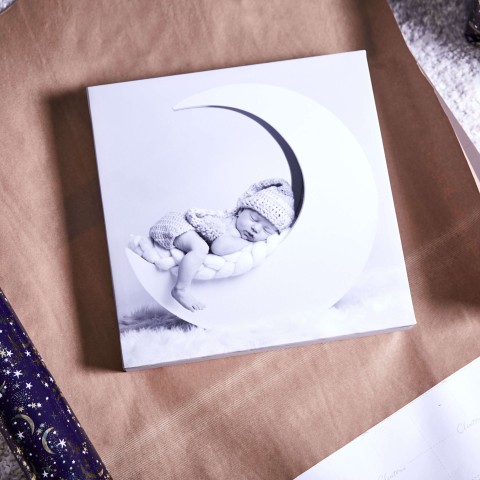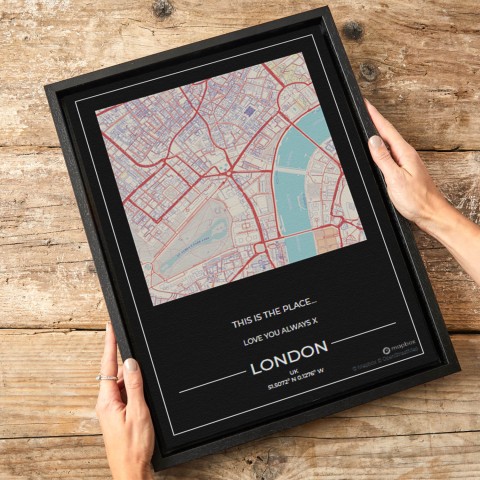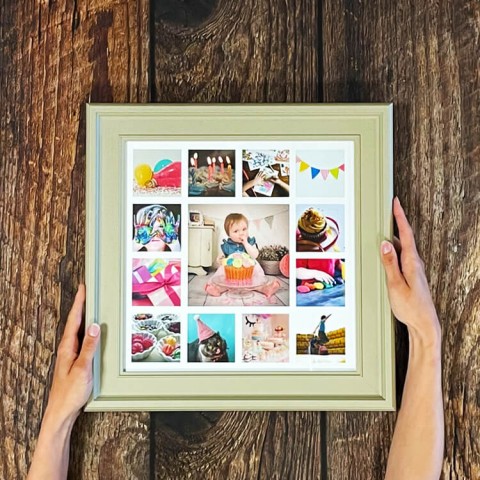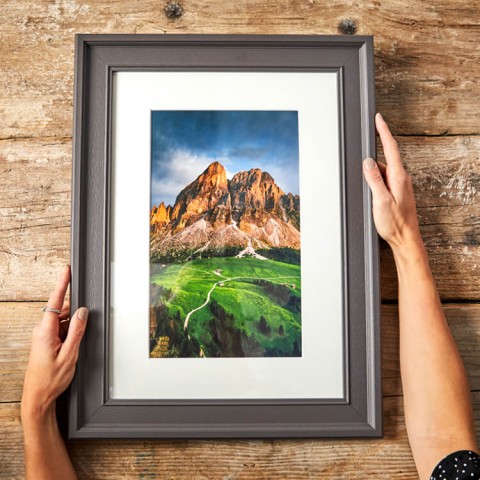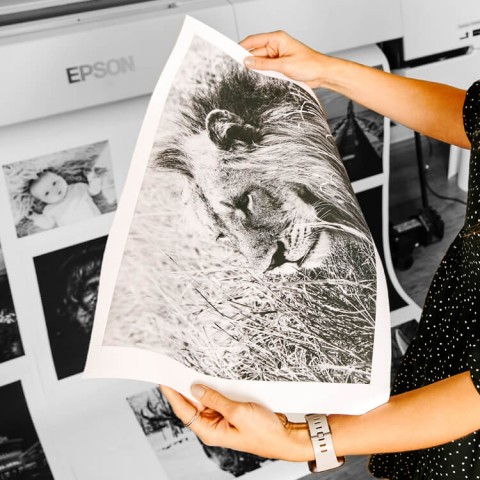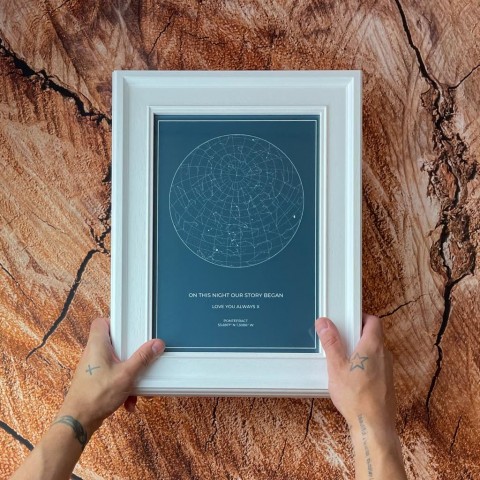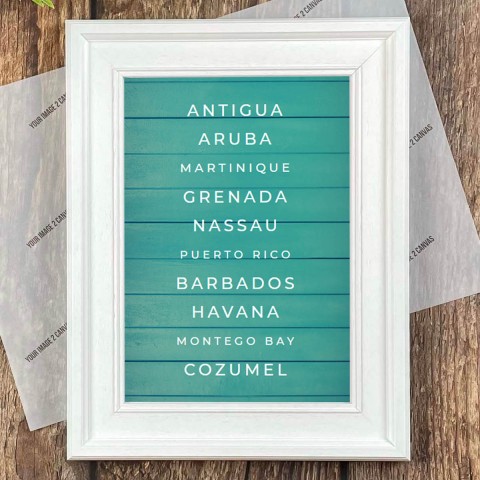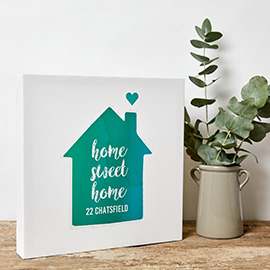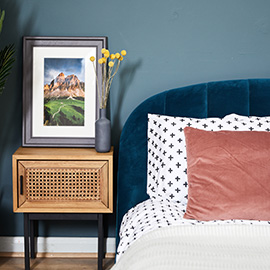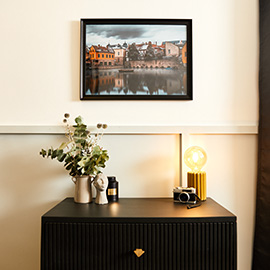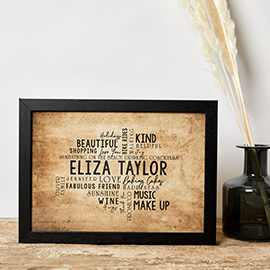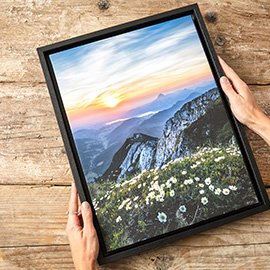Headshots at Home - Part 7
We're coming to the end of this comprehensive series of articles, designed to give you all the tools you need to take great shots of family and friends, and at a quality suitable for printing onto canvas – and the larger the canvas, the better the quality needed.
Last week we looked at when to use broad and short lighting, but this week we'll share a couple of key lighting rules and then give you the freedom to play around with light position to create different effects.
Where is the light coming from?
We’ve touched on the basics of light position in this series and last week we gave you a couple of the most important techniques you'll need to produce flattering portraits. There are, however, a few guidelines that will ensure you produce consistently solid work.
Think about where our most prevalent light source, the sun, is: it's high up above us. We're conditioned to expect light to come from above so we always want the key light to be above the eye line. This creates the most pleasing shadows on the face and unconsciously feels correct when we view it. The caveat to that is that if the light's too high, we'll create ‘panda eyes’ – deep shadows in the eye sockets – so always make sure that you're getting light in the eyes and you have a catchlight in the sclera (the part of the eye that is coloured). A catchlight? Yes, take a look at any good portrait and you'll see one of these. A catchlight is the reflection of the light source, whether that’s the sun, window light or artificial light. Without a catchlight, your portraits will have a tendency to look a little flat and devoid of life.
As you can see in this portrait of Cara, the catchlight adds a sparkle to the shot.
Have some fun
Once you're comfortable with this concept, we can have a little bit of fun. Try moving the umbrella around the axis to create more drama, or to flatten the shadows a little. We started with your key light at 45°, which gives consistent results, but is also very safe. See what happens when you place your key light at a more acute angle for drama or bring it closer to the axis of the camera. You’ll be stunned at how much difference light placement makes to the mood of a shot.
Next week, in our final instalment of this series, we'll focus on posing and getting genuine reactions from your subjects.


